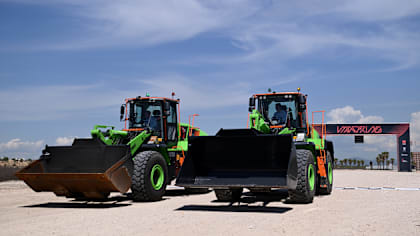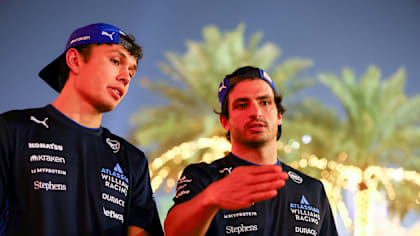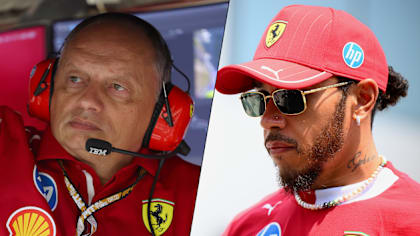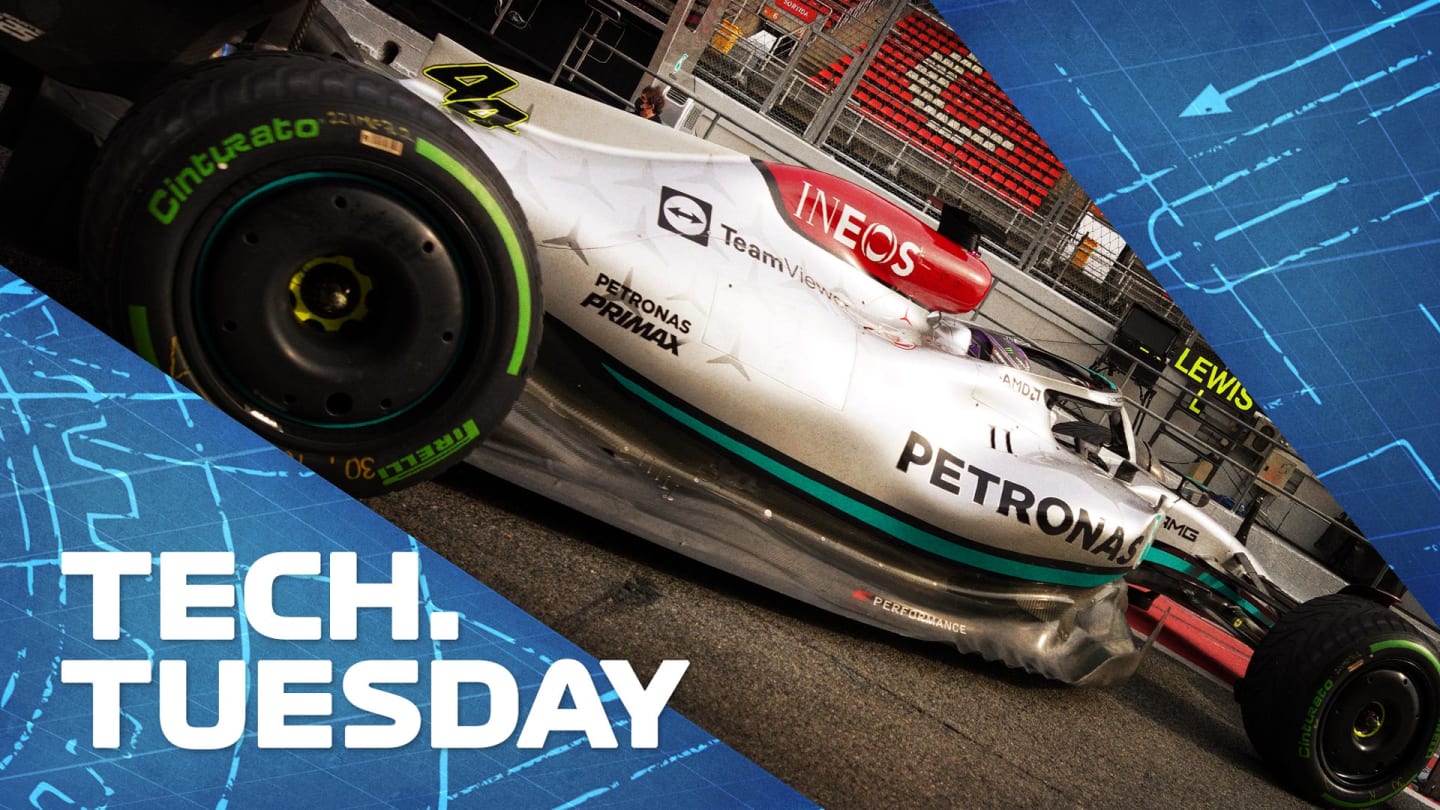
Technical
TECH TUESDAY: Why ripples and curls adorn the floors of the 2022 cars

Share

Pre-season running in Barcelona gave us a first proper look at the 2022 Formula 1 cars and a particular source of intrigue is the outer edge of the floors. Mark Hughes looks at why this is such a crucial area and why teams like Mercedes have settled for unique approaches – with a technical illustration from Giorgio Piola.
Because of the wide variation in cooling layouts and the associated sidepod design of the new generation of cars, the way in which teams are striving to maximise the effectiveness of the underbody venturi tunnels is similarly varied. The most visible area of this differentiation is in the wildly different contouring and detail of the outer edges of the floor.
Although accelerating the airflow over the top of that floor, down the side of the sidepods (via the coke bottle section) is crucially important in maximising the effectiveness of the tunnels beneath, the contouring of the very edges of the floor is all about manipulating what the airflow is doing beneath.
ANALYSIS: Why some teams have been forced into makeshift floor modifications in Barcelona
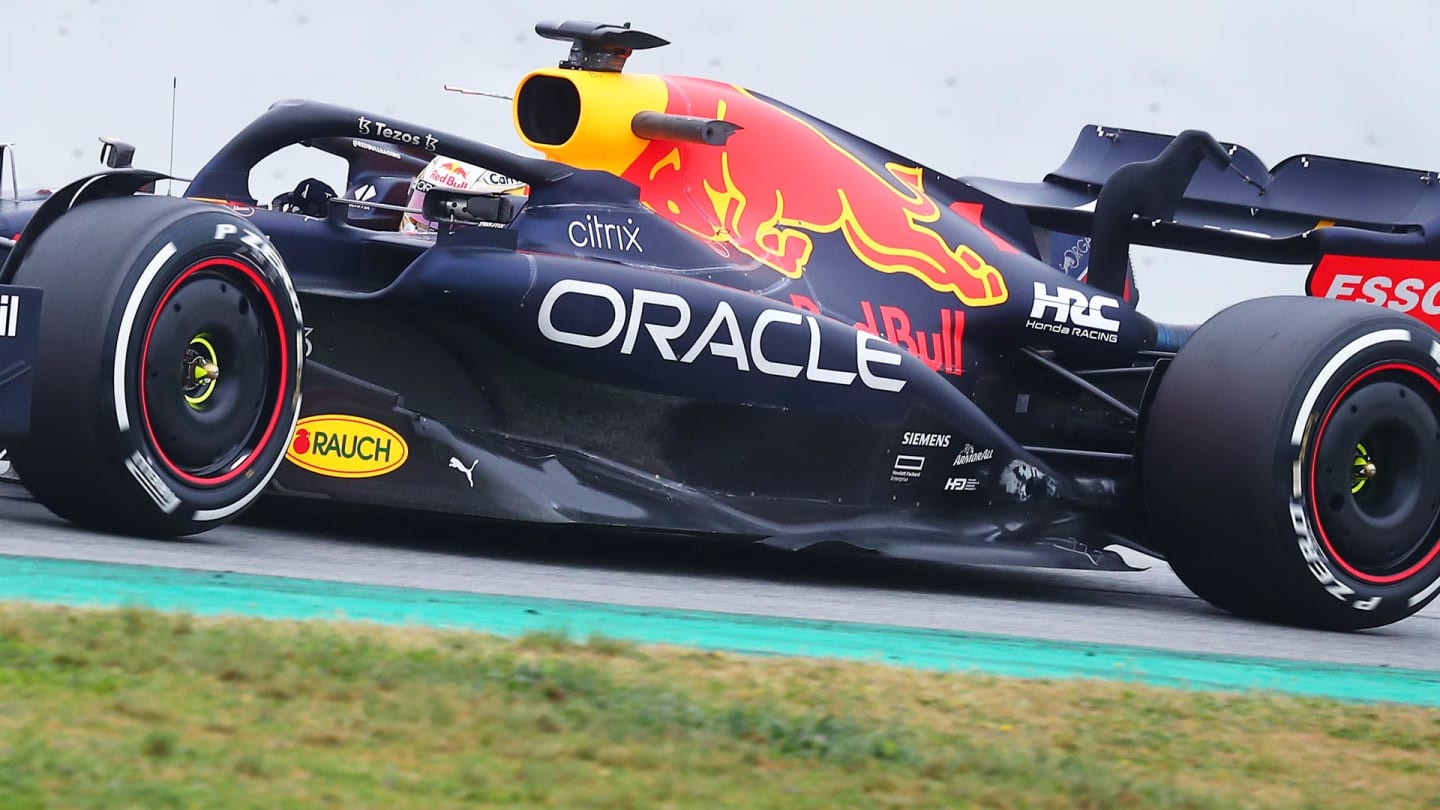
Contours around the edges of the Red Bull RB18B manipulate airflow around – and beneath – the car
At the forward end of the floor’s outer edge, the downward ramp covering the beginning of the venturi tunnel accentuates the pressure difference between there and the floor beneath.
The ramp creates a higher pressure on the external surface, increasing the pressure difference between there and the underfloor in that early part of the venturi tunnel, causing more air to be sucked into the tunnel inlets.
As the air is directed around the side corner of the lower sidepod by the outermost of the four permitted fences, it will lose some of its energy – so behind that ramped section, most cars feature a further ‘curl’ where the floor edge rises up gently, then back down again.
ANALYSIS: Why Alfa Romeo have gone bold with innovative C42 design
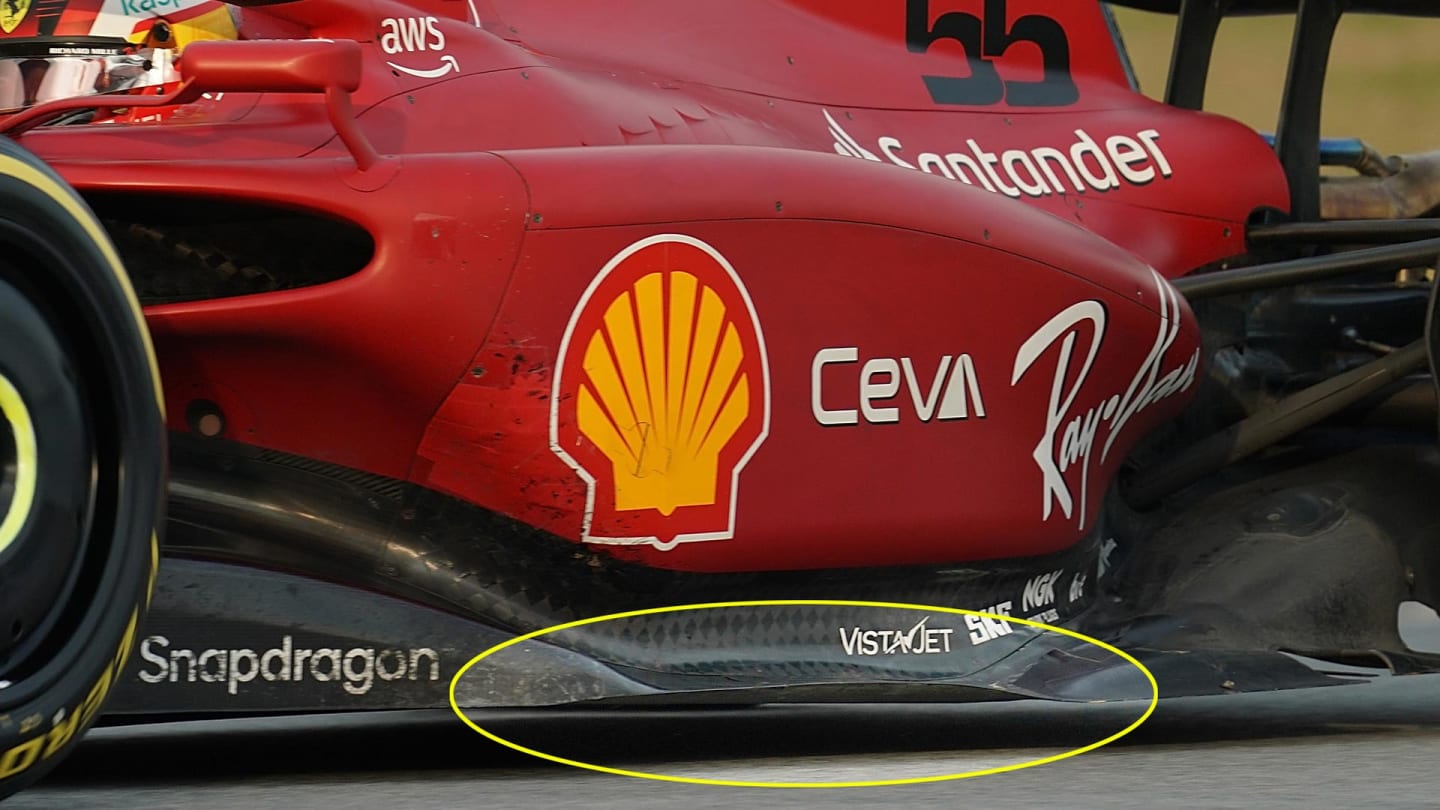
The 'curl' on the outer edge of the Ferrari's floor
This 'curl' (above) is also about energising the airflow beneath, maximising its energy and its ability to pull the car into the ground.
But rather than a single curl, the Mercedes (below) has a series of small ripples which will create anti-clockwise vortices of air all the way down the sides of the floor, preventing the air around the back from being sucked into the diffuser’s low-pressure area and reducing its performance.
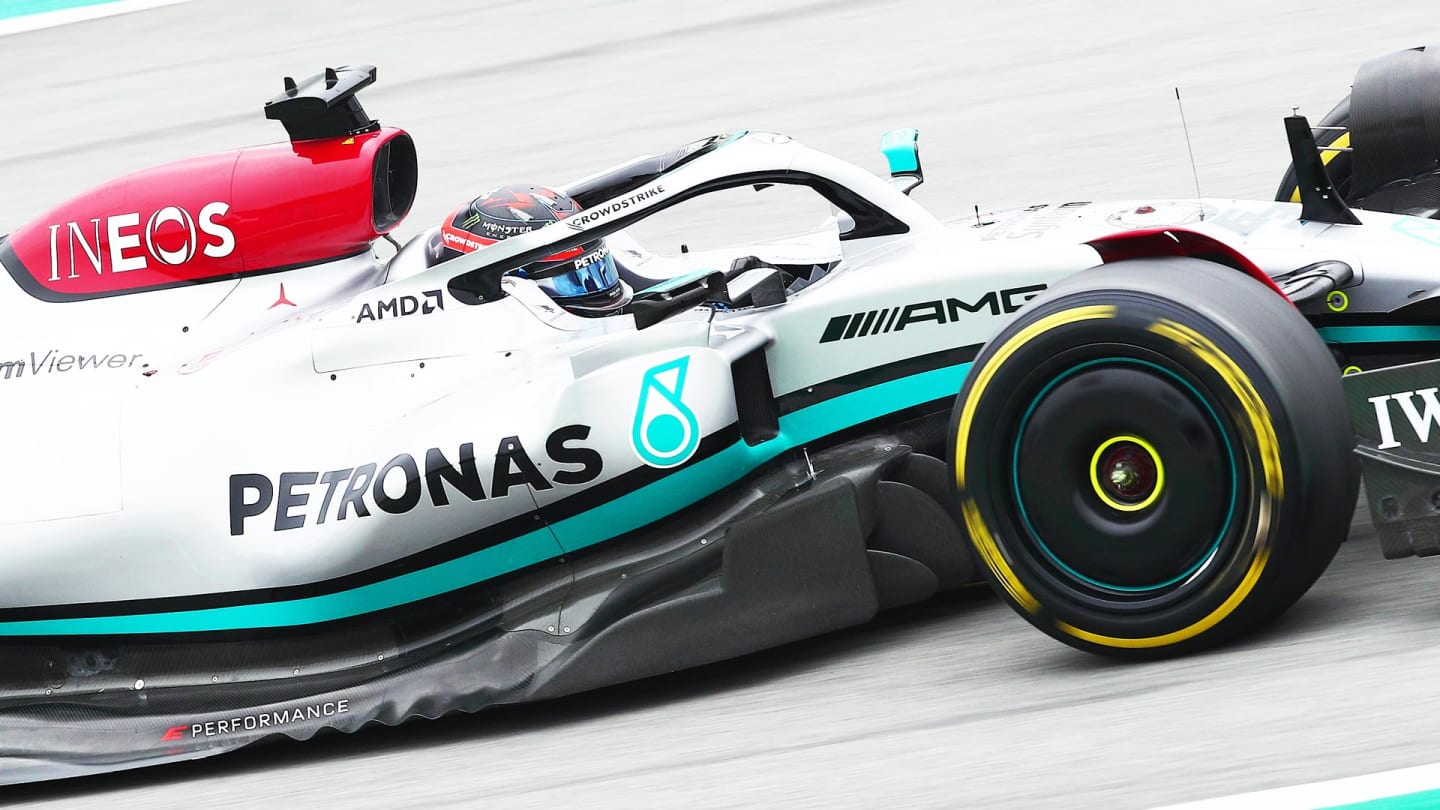
The sharply raised leading edge of the floor covering the downward ramp of the venturi tunnel creates a positive pressure above. The outer vane on the leading edge directs the airflow around the corner of this ramp and the series of mini floor curls produce vortices which then further energise this airflow.
This is a very similar design to that used by Mercedes (and Aston Martin) in the first half of last year – and for much the same reason, despite the regulated change in underfloor design.
Mercedes abandoned the feature with their Silverstone 2021 update, instead using a different bargeboard arrangement as they sought to re-balance the proportion of flow between the underfloor and around the sides. But with the bargeboards no longer there, they have reverted to this previous feature.
READ MORE: The 5 key questions from 2022 pre-season running in Barcelona
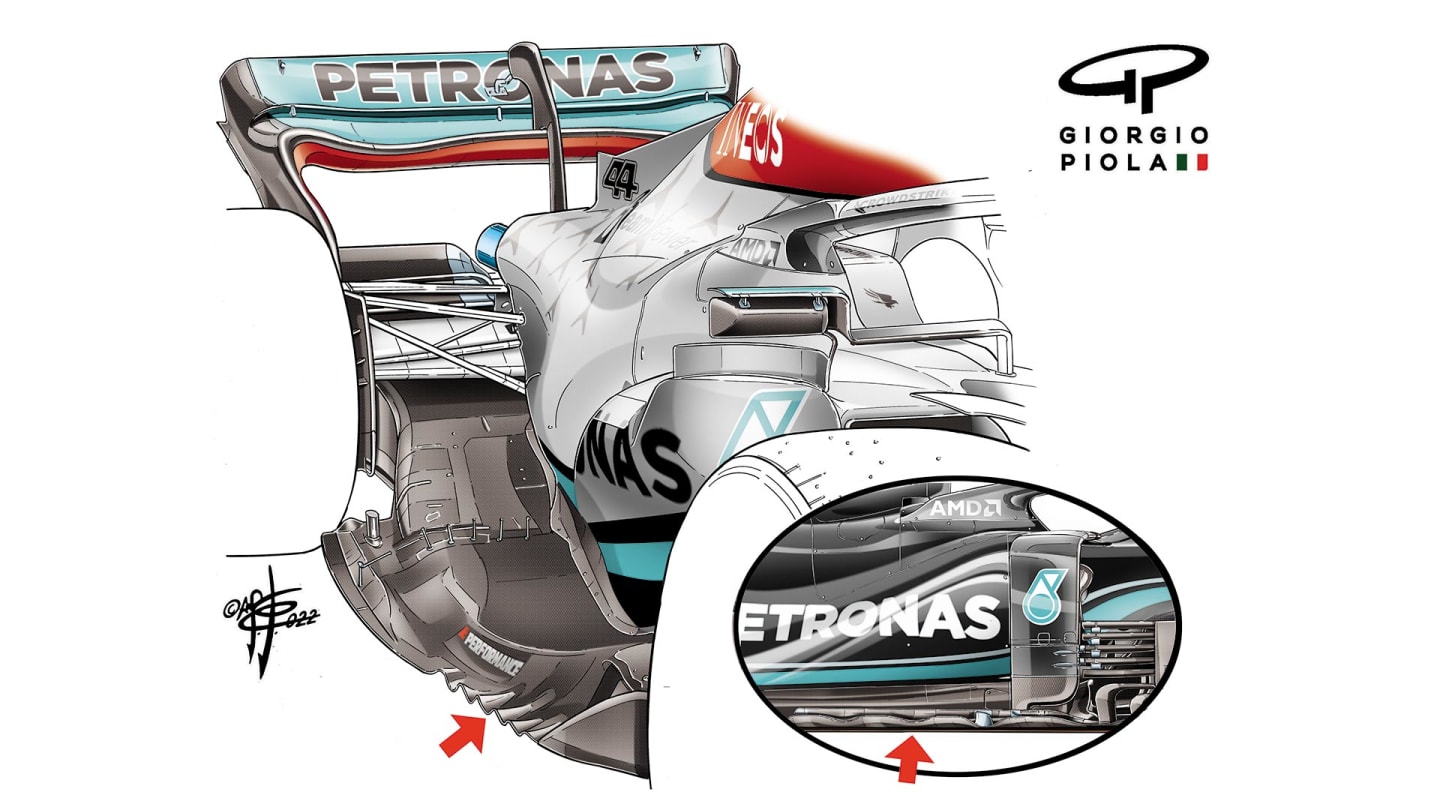
For Barcelona running, Mercedes reverted to an approach they had used in 2021 (inset)
In the Barcelona session it was perhaps operating too effectively as, like every other car to a greater or lesser degree, it was suffering aerodynamic porpoising as the rear floor was pulled down by the suction to the point where the airflow beneath would stall.
A makeshift solution of a small tie rod (below) stiffened the rear outer edge of the floor, allowing the Mercedes to set some competitive times.
It will be interesting to see what the fully considered solutions will be to the porpoising when the cars next convene in Bahrain's Official Pre-Season Test.
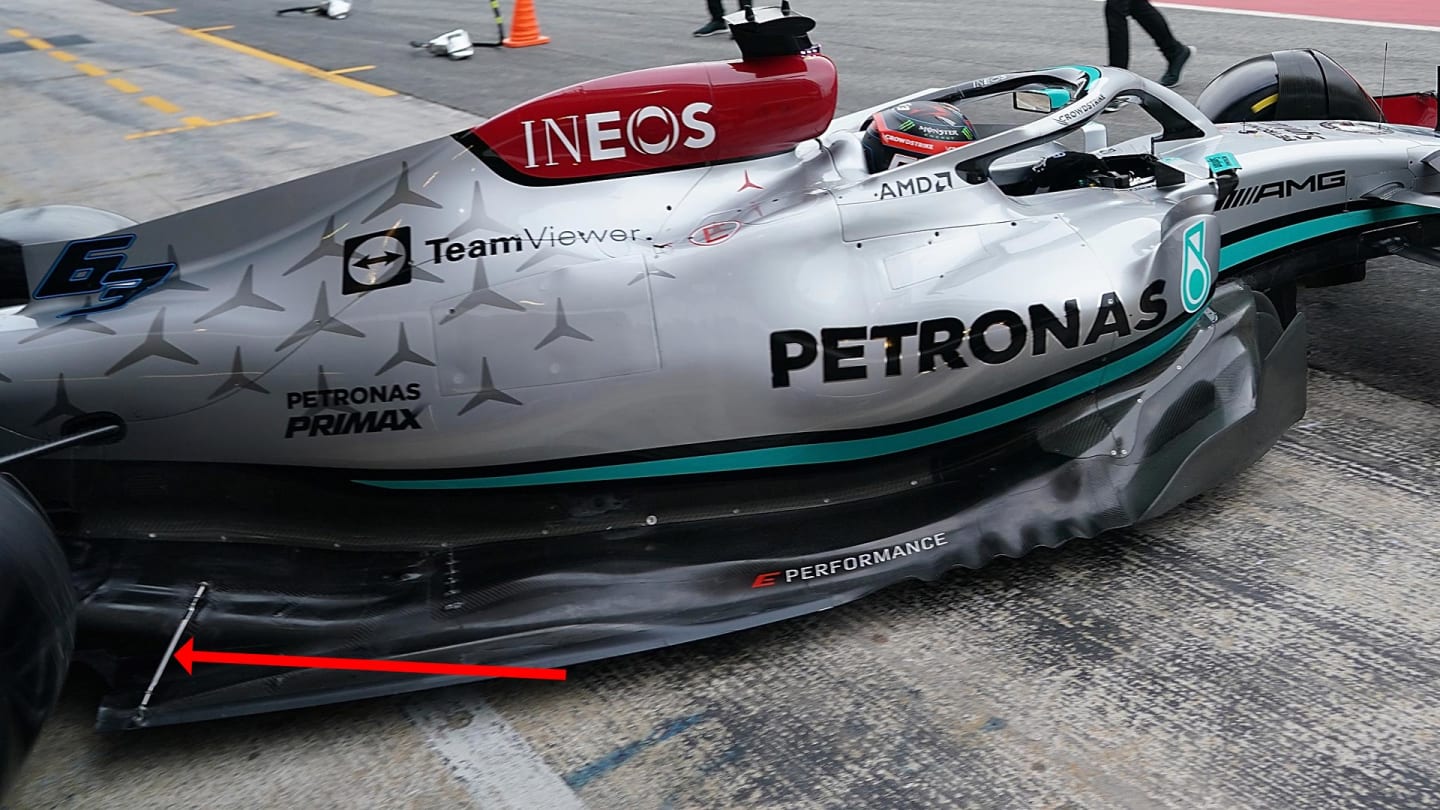
The tie rod on the rear of Mercedes W13's floor
YOU MIGHT ALSO LIKE

Feature Theme park fun, discos with Russell and architect dreams – Getting to know the real Kimi Antonelli
News Madrid begins construction of F1 venue as Carlos Sainz becomes circuit ambassador
FeatureF1 Unlocked BARRETTO: The Saudi Arabian GP proved things are starting to click for Williams’ new all-star driver line-up
News ‘I’m 2000% behind him’ – Vasseur backs Hamilton amid early Ferrari struggles as he insists ‘potential is there’

